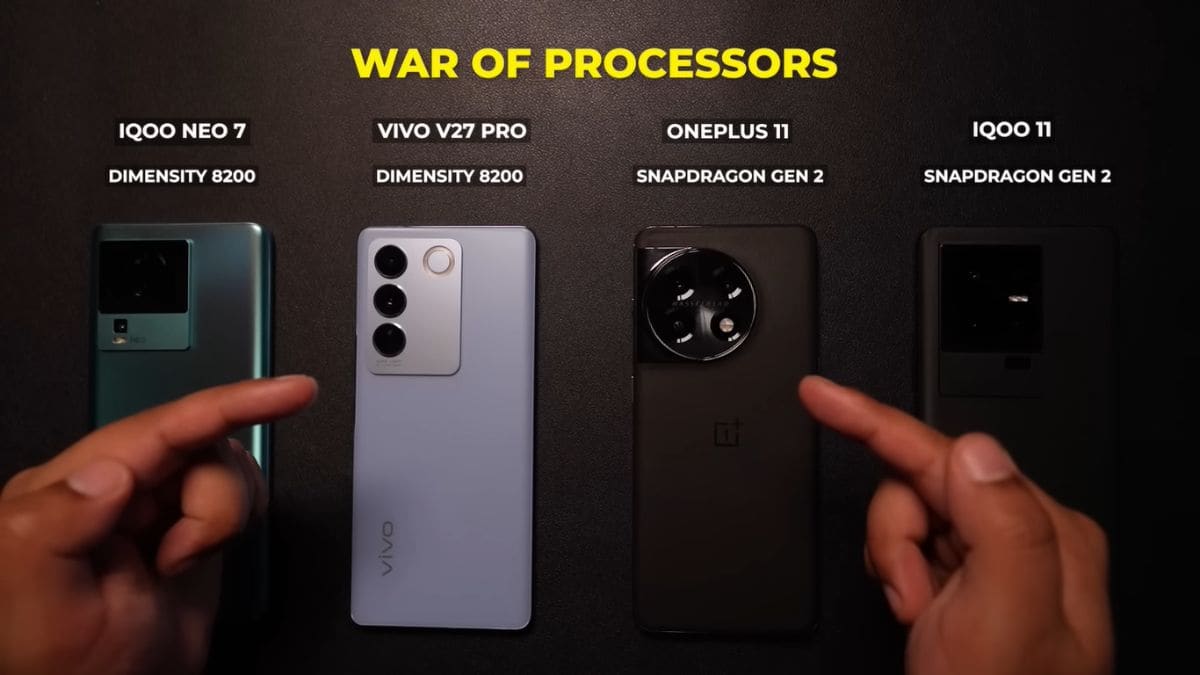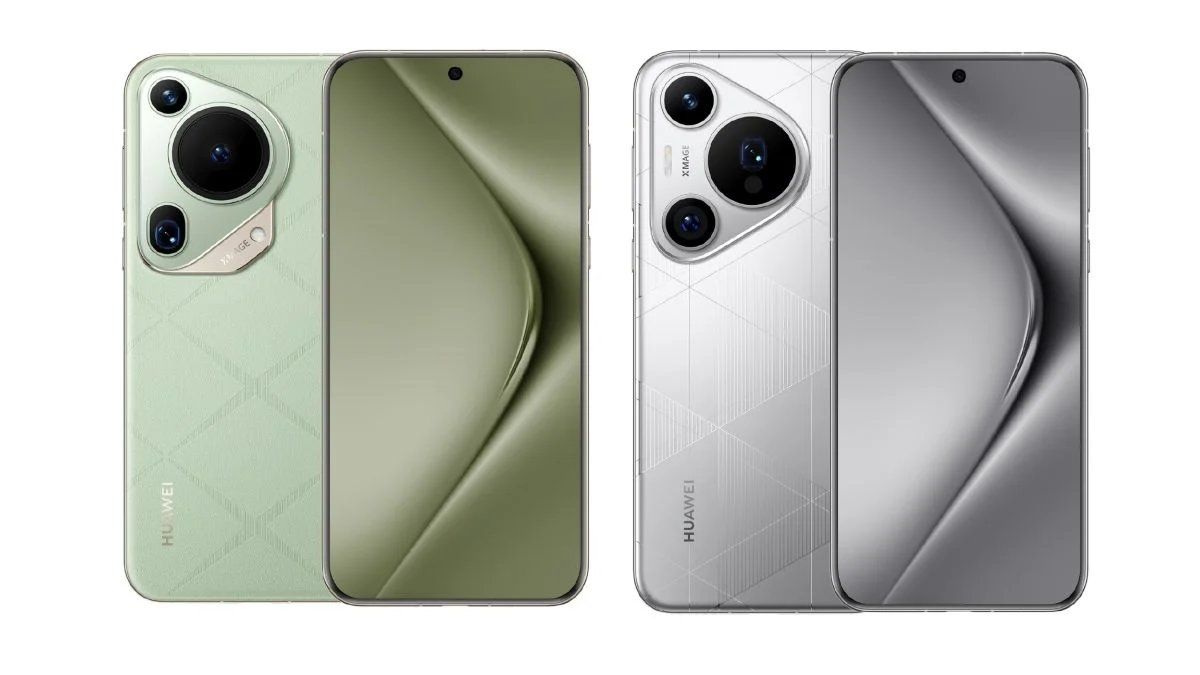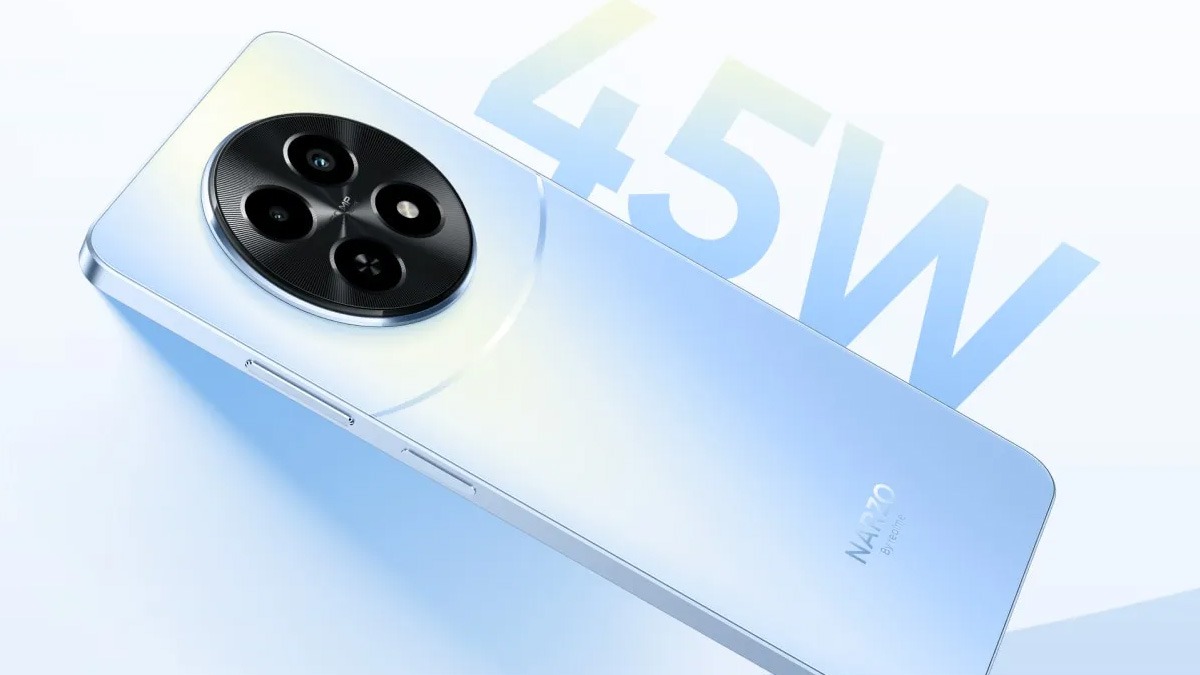Just In
- just now

- 34 min ago

- 1 hr ago

- 1 hr ago

Don't Miss
- News
 Odisha Boat Tragedy: Four Dead, Search Continues For Missing Passengers
Odisha Boat Tragedy: Four Dead, Search Continues For Missing Passengers - Movies
 Paarijatha Parvam Full Movie Leaked Online In HD For Free Download Hours After Its Theatrical Release
Paarijatha Parvam Full Movie Leaked Online In HD For Free Download Hours After Its Theatrical Release - Finance
 Daily Relative Strength Index RSI In A Bullish Mode of This Pharma Stock; Buy For TP Rs 635-685
Daily Relative Strength Index RSI In A Bullish Mode of This Pharma Stock; Buy For TP Rs 635-685 - Lifestyle
 Parineeti Chopra Saree Looks: Check Amar Singh Chamkila Actor's Regal Fashion Statements
Parineeti Chopra Saree Looks: Check Amar Singh Chamkila Actor's Regal Fashion Statements - Sports
 RCB Green Jersey Match: Record And Stats Ahead of KKR Meeting in IPL 2024
RCB Green Jersey Match: Record And Stats Ahead of KKR Meeting in IPL 2024 - Automobiles
 Mahindra XUV 3XO SUV – Everything We Know So Far
Mahindra XUV 3XO SUV – Everything We Know So Far - Education
 Exam Pressure Does Not Exist; Studying Punctually is Crucial; Says Aditi, the PSEB 2024 Topper
Exam Pressure Does Not Exist; Studying Punctually is Crucial; Says Aditi, the PSEB 2024 Topper - Travel
 Journey From Delhi To Ooty: Top Transport Options And Attractions
Journey From Delhi To Ooty: Top Transport Options And Attractions
Vivo V27 Pro vs iQOO Neo 7 vs OnePlus 11 vs iQOO 11: Why Synthetic Benchmarks Are Misleading
The recently released Vivo V27 Pro and iQOO Neo 7 are perfect examples of affordable handsets that deliver excellent performance, proving that top-tier performance is not only reserved for high-end flagships. We put the Vivo V27 Pro, iQOO Neo 7, OnePlus 11, and iQOO 11 through a battery life and performance test on our YouTube channel to see how they performed, but the key takeaways were whether synthetic benchmarks reveal the entire picture and why these benchmarks are misleading. Let's get started.
War of Processors: Dimensity 8200 vs Snapdragon 8 Gen 2
The MediaTek 4nm Dimensity 8200 processor powers the Vivo V27 Pro and iQOO Neo 7 smartphones, which feature an octa-core chipset with a Mali-G610 MC6 GPU. The OnePlus 11 and iQOO 11, on the other hand, are high-end flagships kitted with Qualcomm's 4nm Snapdragon 8 Gen 2 processor, which is also an octa-core chipset but with an Adreno 740 GPU.

The first round of the Geekbench test was a warmup, but minor differences emerged in the second round. These differences, however, were not statistically significant.
All phones, except the OnePlus 11, reduced their maximum brightness during the Antutu test to conserve battery life and reduce temperature. The OnePlus 11 maintained its brightness level throughout all three rounds.
The iQOO 11 received the highest score after three rounds, while the OnePlus 11 suffered a significant drop.
Temperature spikes were observed in the Dimensity 8200-equipped phones, whereas the Snapdragon phones remained cool.
The OnePlus 11 performed poorly in the 3DMark Extreme Wild Life test, with a low average score from the high and low loop scores contributing to its abysmal stability score. In this test, the iQOO 11 and Dimensity phones outperformed the OnePlus.
In the CPU throttling test, the OnePlus 11 displayed erratic behavior, with high and low throttling occurring at an uneven rate. The iQOO 11 initially performed well but throttled in the middle, whereas the iQOO Neo 7 performed a little better than the Vivo V27 Pro but also became hotter.
To summarize, according to benchmark results, the iQOO 11 outperformed the competition and throttled significantly less than the OnePlus 11.
The iQOO Neo 7 and the Vivo V27 Pro tied for first place among the Dimensity phones. The iQOO Neo 7 had higher GPU scores but also got hotter than the Vivo phone.

According to our results, the Snapdragon chipset was more stable than the Dimensity chipset, as it did not exhibit erratic spikes in CPU temperature. Furthermore, as a flagship chip, the Snapdragon 8 Gen 2 was bound to outperform the Dimensity 8200 and provide a much higher overall score.
So, the performance test yielded very interesting results, and the iQOO 11 is the best-performing phone, correct? Well, the synthetic benchmarks don't reveal the whole picture, and now let's discuss why.
Why Synthetic Benchmarks Are Misleading
In our real-world video rendering test, the OnePlus 11 finished the test first, followed by the iQOO 11, and then the Dimensity phones. Even though iQOO 11 performed the best in benchmarks, the OnePlus phone beat it easily in the video rendering test.
The performance test results provide valuable insights into how well these phones perform under specific benchmarks. However, it's important to note that synthetic benchmarks don't necessarily reflect real-world usage.
Real-world usage involves multiple factors such as the type of apps used, the number of apps running simultaneously, network connectivity, and screen brightness, which can significantly impact the phone's performance and battery life.

Real-world benchmarks test the device as a whole and they give insights into how well the device is performing in a specific workload, such as video rendering.
Additionally, synthetic benchmarks can be optimized by manufacturers to produce favorable results, which may not translate to real-world usage.
Therefore, it's essential to consider real-world usage alongside synthetic benchmarks while evaluating a phone's performance.
Furthermore, the choice of processor is just one factor that affects a phone's overall performance. Other components such as RAM, storage, and display quality also play crucial roles.
For instance, a phone with an excellent processor but low RAM may struggle to multitask efficiently. Similarly, a phone with a high-refresh-rate display may offer a smoother user experience than a phone with a standard 60Hz display.
The OnePlus 11 throttled in the CPU benchmark because of the way the optimizations and the performance limits are set by the company in the processor of that phone. The same phone reigned supreme in the video rendering test despite its benchmark scores.
Ultimately, a phone's performance is a combination of various components and factors that need to be evaluated holistically.
In conclusion, while synthetic benchmarks provide valuable insights into a phone's performance, they should be considered alongside real-world usage and other components to make an informed decision.
The perfect middle ground is to conduct a hybrid test where benchmarks such as Geekbench and Antutu give the overall idea of the performance of a particular device, and then a real-world test that shows the capability of the device for a specific task.
Thermal Throttling: A Necessary Evil
You've seen how much we mentioned the term "throttling" in this article, but there is a good reason for that.
Thermal throttling is a mechanism that phones use to prevent overheating and protect the device from damage. When a phone's temperature rises above a certain threshold, the processor slows down its clock speed to reduce heat generation.
Excessive heat can damage internal components and reduce battery life, leading to poor performance and potentially dangerous situations. Thermal throttling ensures that the phone runs within safe temperature limits, preventing damage and ensuring stable performance.

While thermal throttling may impact a phone's performance in the short term, it's crucial for the device's long-term health and stability. Manufacturers implement various techniques to manage heat, such as improving cooling systems, optimizing software, and selecting energy-efficient components.
Overall, thermal throttling is a critical feature that ensures the safety and stability of smartphones, protecting the device from damage and ensuring optimal performance over time.
Unlike a desktop that has a dedicated cooling solution for its CPU and GPU and a much bigger space to work for airflow, a smartphone doesn't have enough headroom for that, so it needs to find ways to reduce its temperature-thermal throttling being one such way.
Phone manufacturers use a variety of techniques to dissipate heat from phones, including heat pipes, vapor chambers, and cooling gels. These components are intended to absorb heat from the processor and transfer it away from the device.
Additionally, manufacturers may optimize software to reduce power consumption, limit processor usage, or adjust screen brightness.
This also results in temperature differences which were evident when we checked the temperature of the devices after the tests.
Because companies throttle their devices differently, there is no single throttling benchmark. As a result, phones with the same processor, such as the OnePlus 11 and the iQOO 11, will perform differently.
Which Phone to Buy? Hint: It Depends on Your Use Case
With all the thermal throttling wizardry and the synthetic vs real-world benchmarks aside, which phone should you purchase?
It all depends on your search criteria. If you're a serious gamer looking for the best performance a phone can offer, the iQOO 11 is your best bet because it prioritized performance over everything else in the test.

For those looking for an all-around flagship device, the OnePlus 11 will suffice, as it is an excellent device with exceptional performance. The software and in-hand feel are also arguably superior to the iQOO.

If you're tight on cash but want great performance, the iQOO Neo 7 is a great buy because it performed admirably in the stress tests and it's also the cheapest phone of the bunch, offering a Dimensity 8200, a 4nm processor that will also deliver excellent battery efficiency.

If performance isn't your top priority and you want a good camera at a reasonable price, the Vivo V27 Pro with its great camera setup and excellent selfie shooter should be your first choice. The Vivo phone also has the Dimensity 8200, so you're not sacrificing performance.

Buying a phone raises many questions about its performance, battery life, and feature set because you want the best value for your money. Consider factors other than performance alone when purchasing a device.
In terms of battery life, display quality, camera capabilities, storage capacity, and design, look for a device that meets your requirements.
Consider the operating system and the availability of software updates. Check for network compatibility and any additional features, such as waterproofing or wireless charging.
Read reviews and explore the device's specifications to ensure that it meets your requirements.
You can find a device that fits your lifestyle and preferences by taking into account all of these factors.
-
99,999
-
1,29,999
-
69,999
-
41,999
-
64,999
-
99,999
-
29,999
-
63,999
-
39,999
-
1,56,900
-
79,900
-
1,39,900
-
1,29,900
-
65,900
-
1,56,900
-
1,30,990
-
76,990
-
16,499
-
30,700
-
12,999
-
62,425
-
1,15,909
-
93,635
-
75,804
-
9,999
-
11,999
-
3,999
-
2,500
-
3,599
-
8,893












































